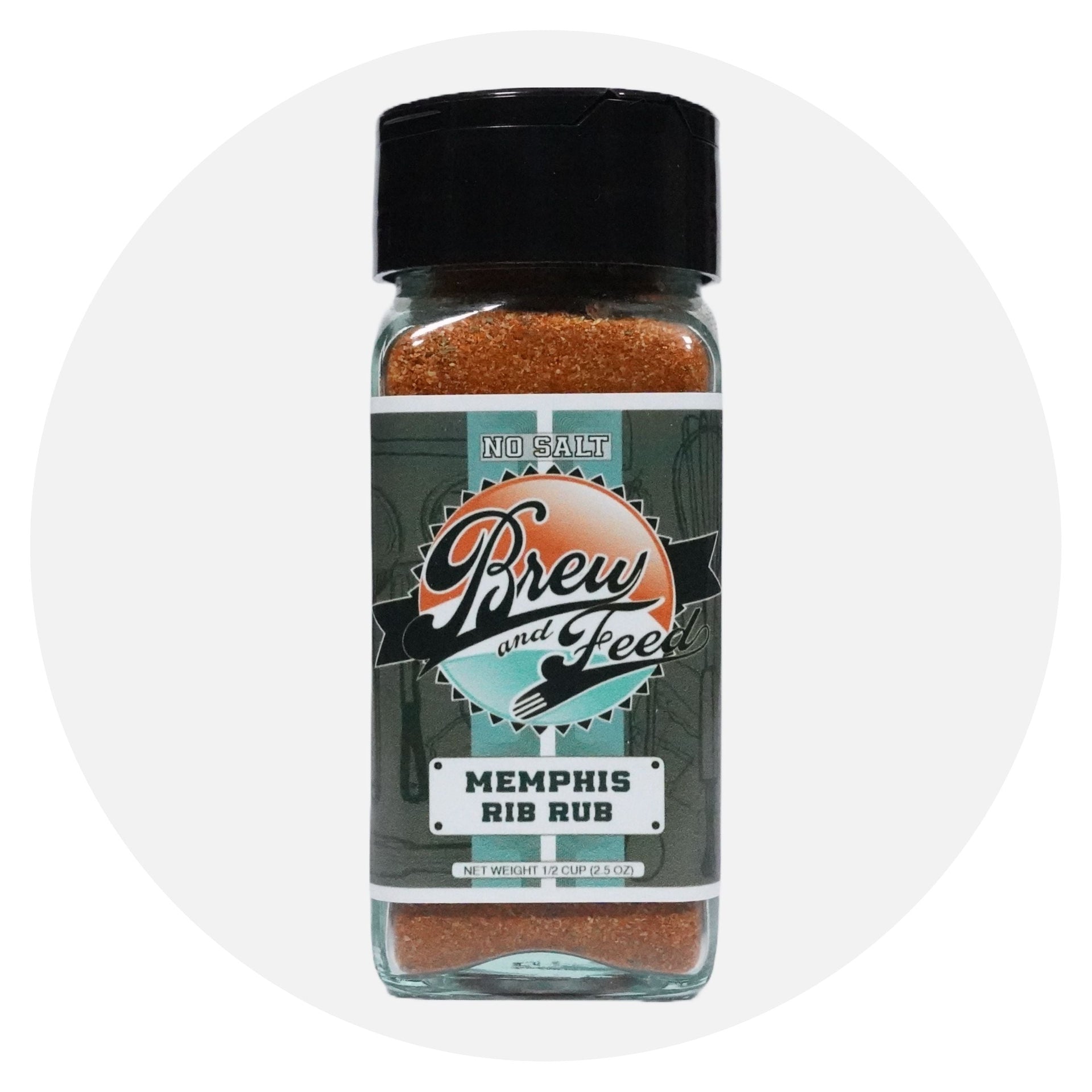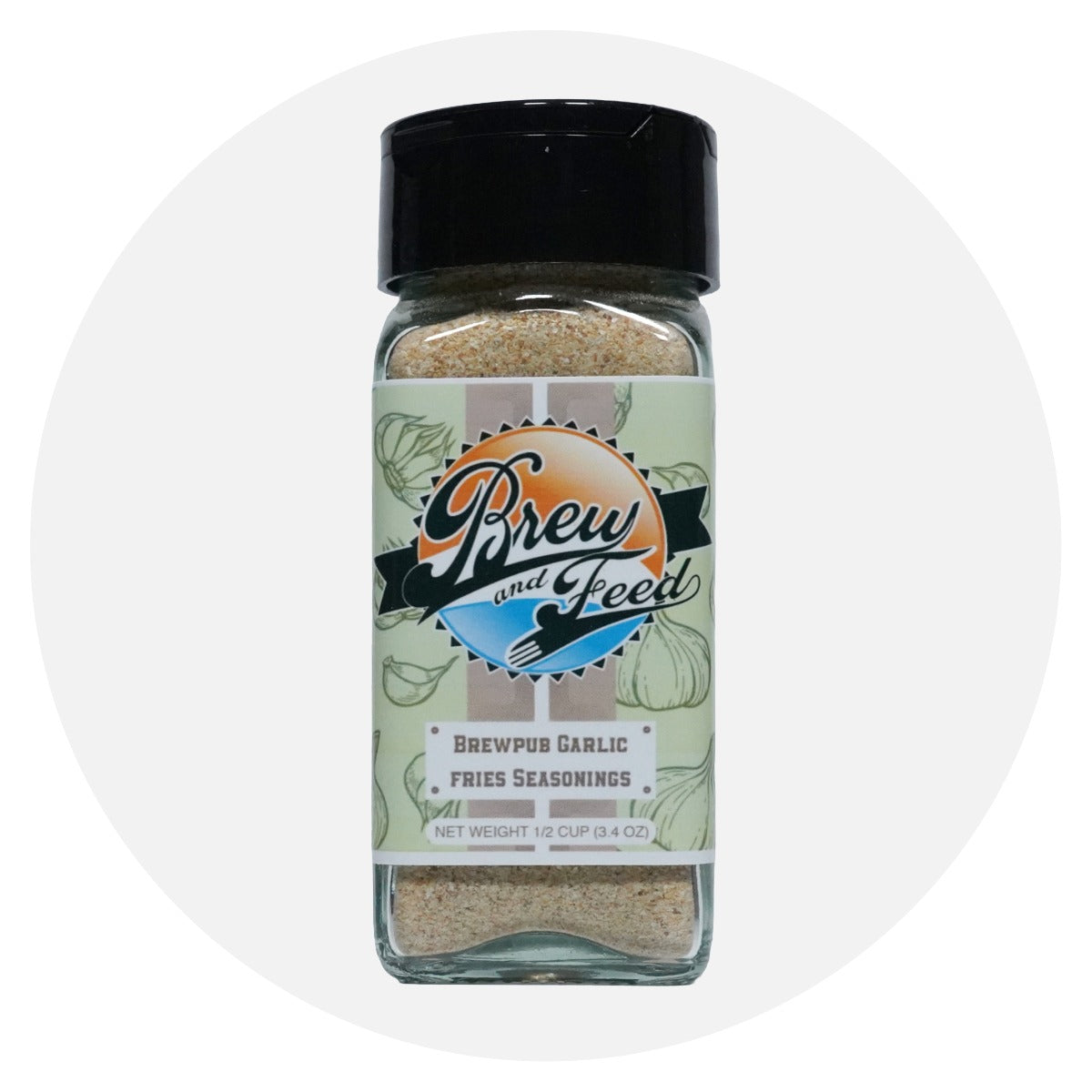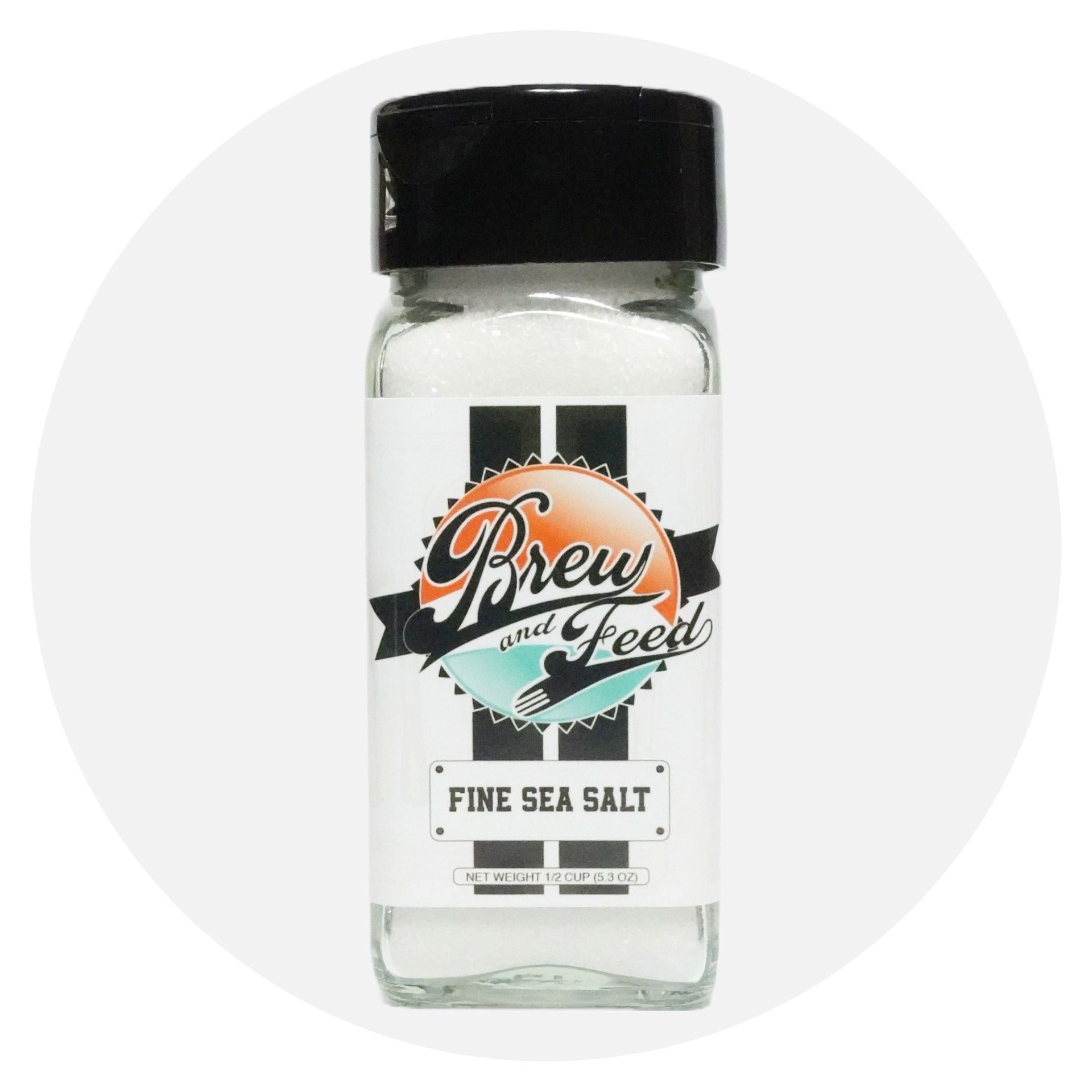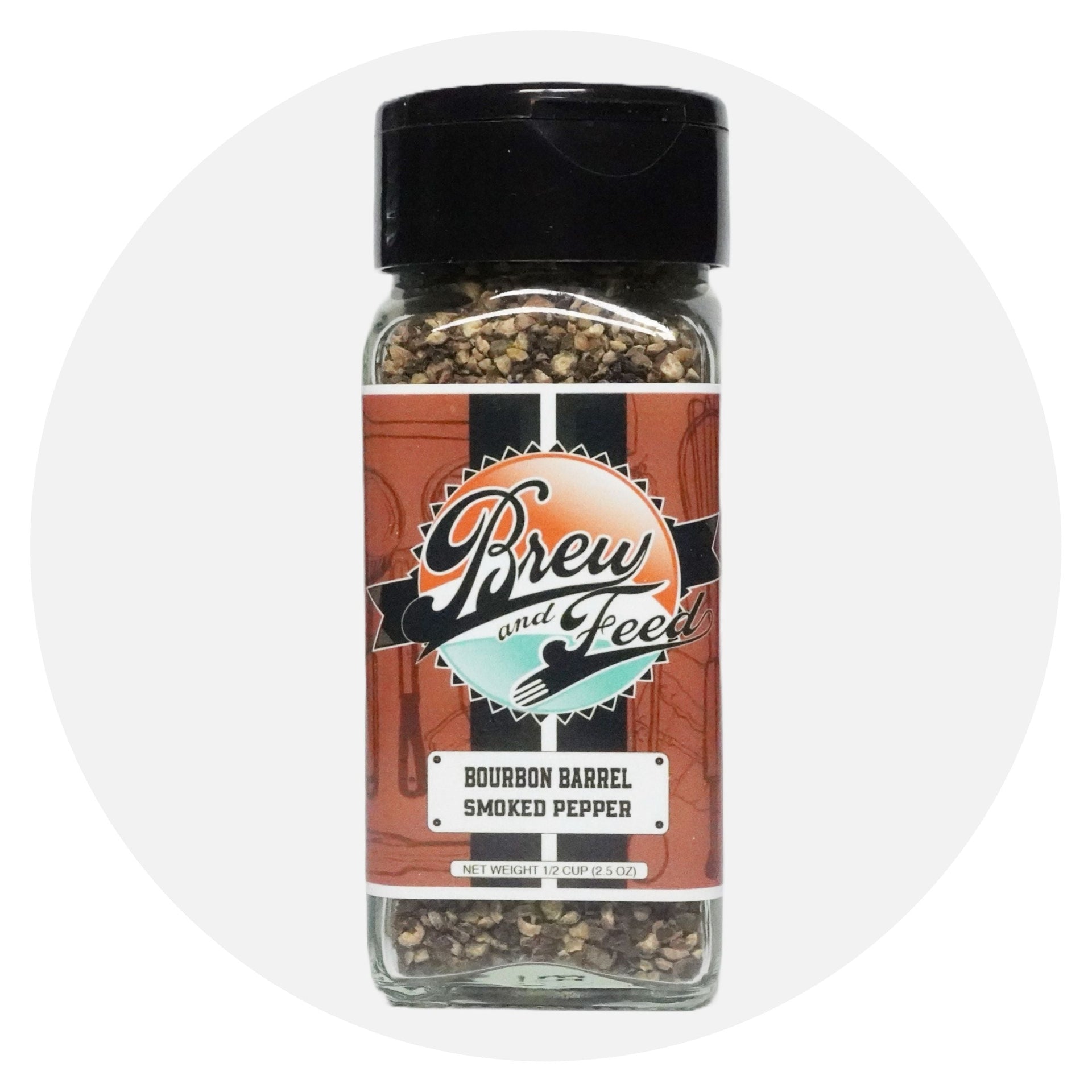
Crystal Clear Brews: Understanding Why Beer Clarity Matters
In the vibrant world of craft beer, where flavor profiles and brewing techniques take center stage, one often overlooked aspect is the visual appeal of the brew—beer clarity. While it might seem inconsequential compared to taste and aroma, the clarity of beer plays a vital role in the overall drinking experience. Let's delve into the reasons why beer clarity is more than just a matter of aesthetics.
1. Visual Delight
The adage "we eat (or, in this case, drink) with our eyes first" holds true in the realm of craft beer. A crystal-clear beer is visually appealing and can enhance the anticipation and enjoyment of the drinking experience. The sight of a well-poured, clear beer in a glass showcases the brewer's craftsmanship and attention to detail.
2. Quality Assurance
Beer clarity can be an indicator of the attention to detail in the brewing process and the quality of the ingredients used. A hazy or cloudy appearance may suggest incomplete filtration or improper brewing techniques, raising questions about the beer's overall quality. Clarity, therefore, becomes a visual cue for the consumer regarding the brew's craftsmanship and adherence to brewing standards.
3. Aroma Appreciation
The visual clarity of beer is closely tied to its aroma. A clear beer allows the drinker to fully appreciate the aromatic nuances, as there are no particulates or sediment to obscure the scent. Aromas contribute significantly to the overall flavor experience, and a clear beer ensures that these aromatic notes are not compromised.
4. Beer Style Representation
Different beer styles have varying expectations when it comes to clarity. While a crystal-clear lager is the norm, certain styles like unfiltered wheat beers or hazy IPAs intentionally embrace a cloudier appearance. Understanding and appreciating beer clarity involve recognizing when haziness is intentional and enhances the style, versus when it may indicate quality concerns.
5. Consistency and Brand Image
Consistency is a hallmark of a reputable brewery. Maintaining clarity across batches showcases a commitment to quality control and consistency in brewing. For breweries building a brand image, a clear and consistent appearance becomes part of the visual identity that consumers come to associate with the brewery.
6. Pour Presentation
The way a beer is poured and presented contributes to the overall drinking experience. A clear beer allows the drinker to appreciate the effervescence and effluent bubbles rising through the liquid, adding to the sensory pleasure of consuming a well-crafted brew.
7. So What Makes Beer Hazy
When beer is brewed it contains protein and tannins from the malt grain husks and yeast and sugars from the conversion of the malt grain starch to sugar. All substances combine to that make beer cloudy or turbid.
8. How Brewers Achieve Clarity in Beer
Vorlaufing:
Vorlaufing involves recirculating a portion of the wort back onto the grain bed after starch conversion has been achieved during the mashing process, allowing the grain bed to act as a natural filter. This process helps to clarify the wort by capturing and settling any grain particles or husk fragments, preventing them from making their way into the final product.
Kettle Fining:
Brewers use fining agents like Irish Moss during the final minutes of boiling the wort to force proteins and tannins from the malt and hop particulate to coagulate. By forming larger clumps these substances are easier to remove from the beer by whirl pooling the beer. This forces all these substances into the center of the boil kittle so the beer can be siphoned out of the kettle from the side of the kettle with minimal amount of these haze forming substances.
Wort Cooling:
After boiling, wort still contains various compounds and proteins that, if not promptly cooled, can contribute to haze and cloudiness in the final product. By swiftly lowering the temperature of the wort, brewers facilitate the precipitation and removal of undesirable proteins and tannins, preventing them from bonding and causing haziness. The quick cooling process promotes the formation of a stable cold break, where these unwanted particles solidify and settle, allowing for clearer separation from the liquid.
Yeast Selection:
The choice of yeast strain plays a crucial role in fermentation dynamics, and certain strains are known for producing clearer beers. Lager yeasts, for instance, tend to settle more efficiently at the bottom of the fermentation vessel, aiding in the formation of a compact sediment layer. Additionally, some ale yeasts are selected for their flocculation characteristics, causing the yeast cells to clump together and settle more rapidly. By carefully choosing a yeast strain that aligns with the desired clarity goals of a particular beer style, brewers can enhance the overall clarity of the final product.
Post Fermentation Fining:
Various fining agents, such as Irish moss, gelatin, or isinglass, are employed to attract and coalesce suspended particles in the beer, creating larger and more easily removable sediment. Some fining agents work by electrostatically binding to particulates, while others function as protein coagulants. Brewers carefully select fining agents based on the specific characteristics they want to achieve in the final beer, aiming for improved clarity and brilliance.
Another post fermentation fining technique is filtration. Beer filtration methods are employed by brewers as a final step in the quest for clarity and stability in their brews. These techniques involve passing the beer through various filter media to remove any remaining suspended particles, yeast cells, and other unwanted solids. Common filtration media include diatomaceous earth, perlite, and membrane filters with varying pore sizes. Filtration helps eliminate haze-causing substances, yeast remnants, and other particulates, resulting in a beer with a polished appearance and improved stability over time. Brewers often choose filtration methods based on the beer style and desired characteristics, balancing the need for clarity without compromising flavor and mouthfeel. While filtration contributes to the visual appeal of the beer by producing a brilliantly clear liquid, brewers must carefully consider its potential impact on flavor and aroma, as overly aggressive filtration can strip the beer of certain desirable compounds.
Conclusion
Beer clarity, often regarded as a secondary consideration, is undeniably a crucial aspect of the craft beer experience. It goes beyond mere aesthetics, offering insights into the brewing process, quality assurance, and the overall commitment of a brewery to delivering a top-notch product. So, the next time you raise a glass of craft beer, take a moment to appreciate the clarity—it's a visual testament to the artistry and dedication of the brewers who make the magic happen in every sip. Cheers to crystal clear brews!




